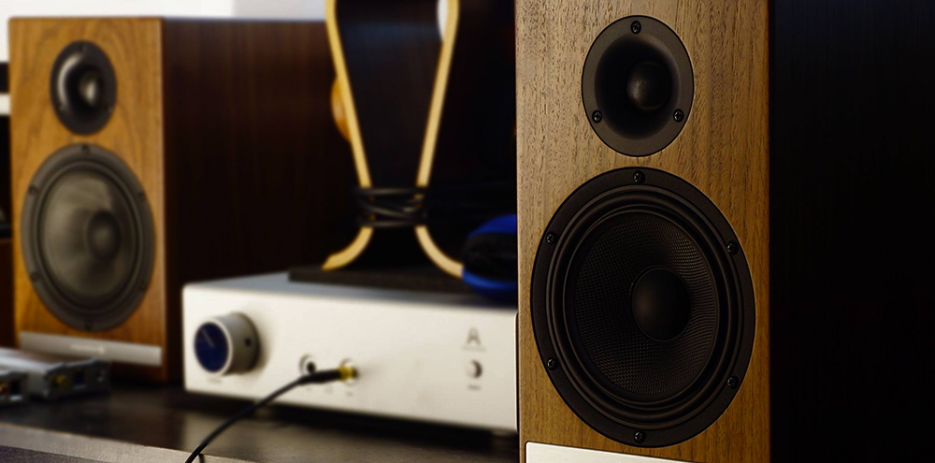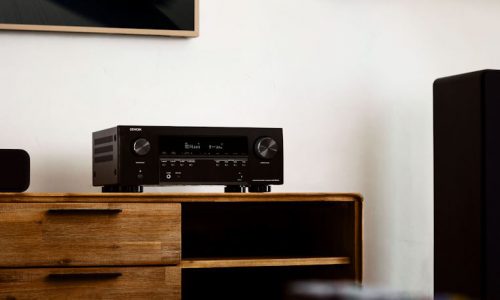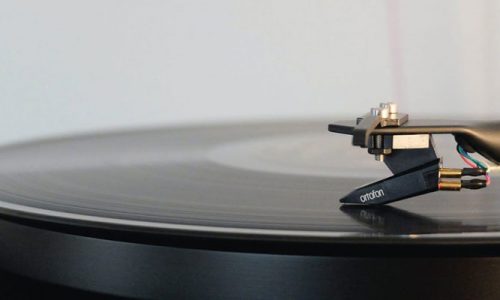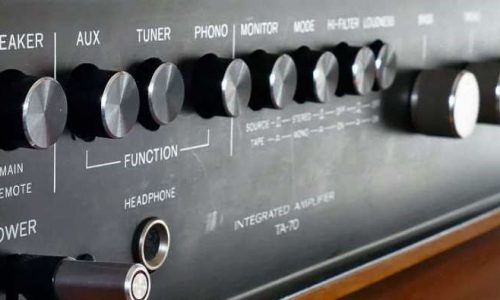The best speakers will be able to produce volume and clarity even when the impedance changes. In addition, we want our speakers to be versatile, durable, and long-lasting. Many factors determine the quality of a speaker’s sound, but one is particularly important: its impedance. Impedance is measured in ohms (Ω), and it controls how much power can pass through by regulating current flow in an AC circuit; this means your amp needs to have enough power for your speaker setup for them both to perform at their very best. You may find you need multiple amps or different speakers depending on what type of event you’re hosting. Understanding all these details before purchasing your equipment will give you peace of mind knowing nothing was missed.
If you’ve ever had trouble with your speakers, or if you’re just curious about what impedance is and why it matters to the sound system performance in your vehicle, this article is for you. Speaker Impedance can be difficult to understand because so many factors affect its value, but once we break down some of these key points in this blog post, you will have a better understanding of the subject.
Speaker impedance is measured in ohms (Ω) for starters, which refers to how much resistance an object offers when electricity passes through it. The lower the number on your speaker box (typically between 4-8Ω), the less power needed to produce sound from them.

Speaker impedance explained
Speaker impedance is important to understand because of how it affects sound quality and volume, which is what matters most to men. Sound quality may not seem like a priority for some people, but if you regularly listen to music, this might be something worth looking into. The higher the impedance of a speaker, generally speaking, the more crisp and clear its sound will be. This is vital when listening to songs with lyrics as they’ll come through loud and clear without distortion or interference from other sounds around them.
The speakers you choose for your home theater can affect the sound quality of the experience. Therefore, understanding speaker impedance is essential to selecting the best option for your needs.
Speaker impedance is measured in ohms, and it’s determined by how much power it takes to make a speaker move air. The higher the number, the more sensitive it is to lower volumes and more responsive at high volumes. A 4-ohm speaker will produce louder sounds than an 8-ohm speaker with less power input because it has less restriction on airflow due to its low impedance level.
If you’re looking for speakers that are compatible with both high volume levels and low volume listening sessions, then a 4-ohm or 8-ohm set should be perfect for you!

What to do if You’re Using 4 Ohm Speakers on 8Ohm Amplifier
Amplifiers and speakers are designed to work with specific impedance. The impedance of an amplifier is usually measured in ohms, and the most common ratings for amps are 4, 8, or 16 ohms. Speakers also have a letter designation indicating impedance – generally “A” for 4-ohm speakers and “B” for 8ohm speakers. When you connect a speaker with a different rating than your amp (i.e.: using 4 ohm speakers on 8ohm amp), it can cause damage to both the Amplifier and the speaker because they’re not compatible with each other’s electrical needs. There are ways to make these connections work by using series or parallel wiring configurations, but we recommend following manufacturer recommendations as they may vary.
Many people think they can use 4-ohm speakers on an 8-ohm amp and not notice a difference. Unfortunately, this is not the case at all. To get the best sound quality, it’s important to match your impedance level with your amplifier power rating. Otherwise, you’ll risk damaging your equipment and/or hearing loss from too much volume. The good news is that most new amps are made with this in mind, so if you’re buying a new one, there’s no need to worry.



